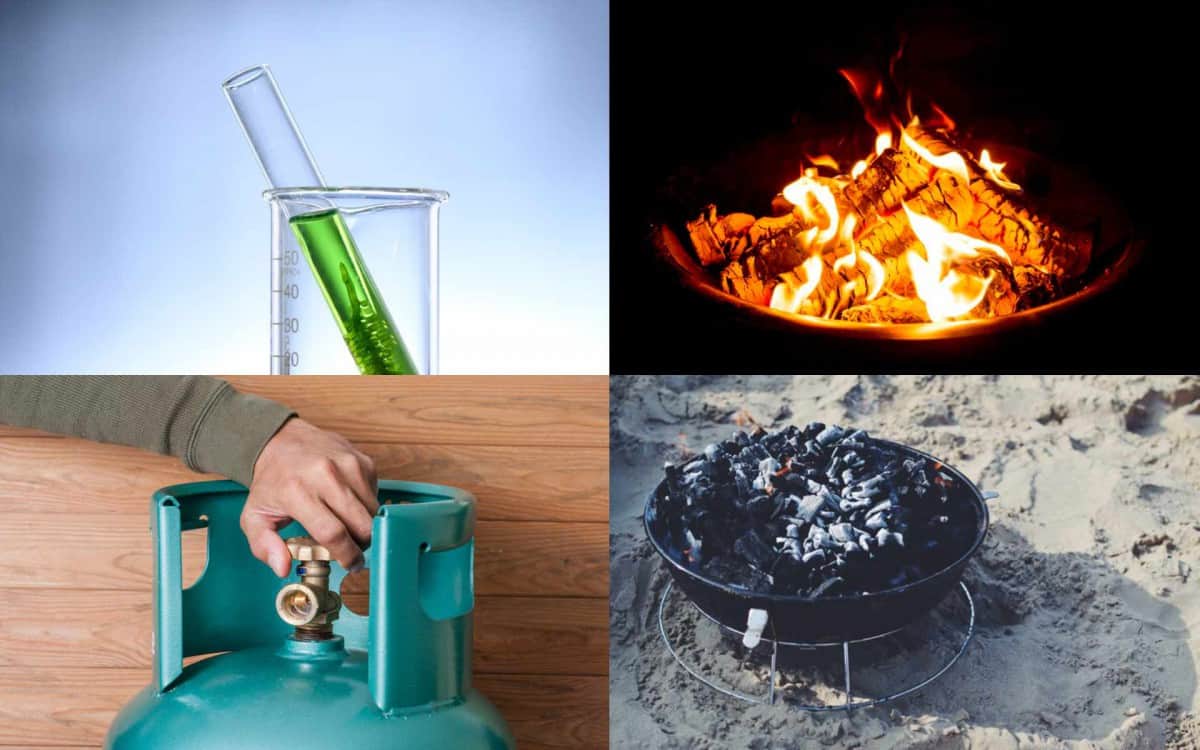Wood is typically mentioned as the fuel of choice in fire pits, but there could be reasons to look for alternatives to help improve the efficiency and create less smoke and other pollutants.
But what about using alternative fuels? Are they any better?
Below are 7 fire pit fuels you may have never heard of. We’ll compare and contrast to the potential benefits and drawbacks against wood. And after reading this article you might be switching fuels for your fire pit!
BENEFITS AND DRAWBACKS OF A WOOD-BURNING FIRE PIT
The benefits of a wood-burning fire pit are somewhat obvious – it’s the:
- Classic look
- Feel
- Aroma
- It’s a lot cheaper to install as well
Hardwoods such as ash and beech are popular options. Flavor and aroma can be provided by the likes of apple and hickory.
There are, however, many problems that can arise in urban settings. Wood fire pits are not only harder to keep going and require regular cleaning, but they emit more smoke (which in closed areas may prove toxic) and are a veritable fire hazard.
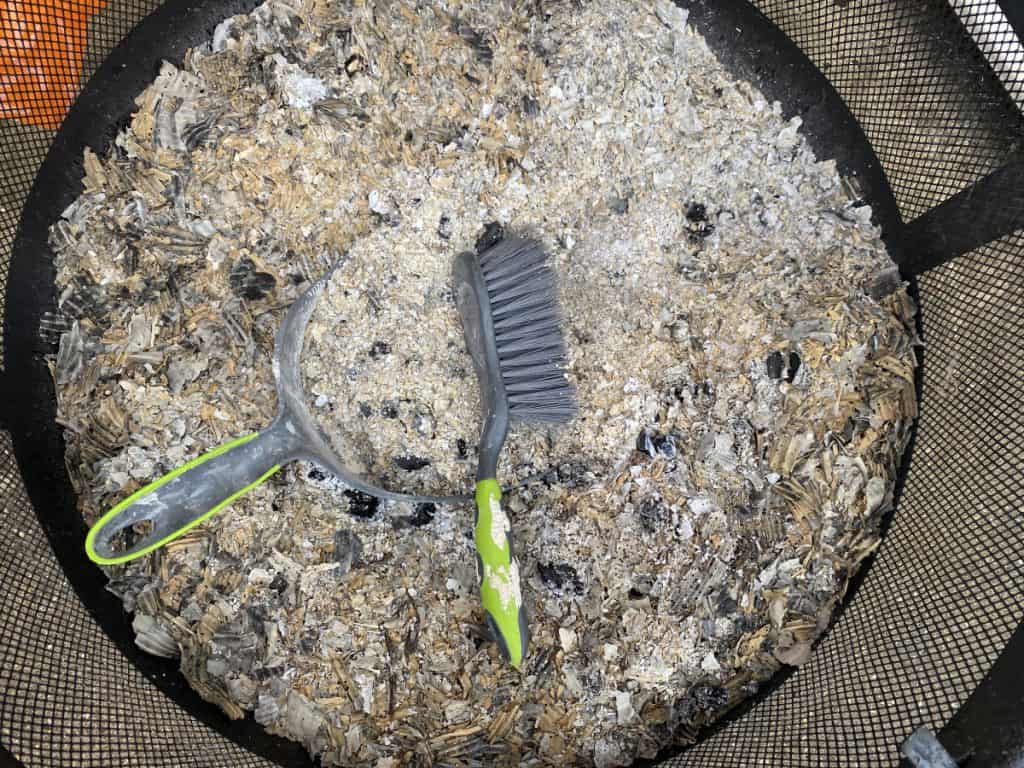
It makes sense to look for alternatives, balancing potentially higher upfront costs with better, safer performance down the line.
7 ALTERNATIVE FIRE PIT FUELS THAT YOU COULD TRY
The following fuels are all alternatives to wood or wood driven products, which can be used depending on specific circumstances:
- Natural Gas
- Propane
- Ethanol and Bio Ethanol
- Gel Fuel
- Charcoal
- Smokeless Fuel
- Wood Briquettes
More details about each of these fuels follow.
Natural Gas
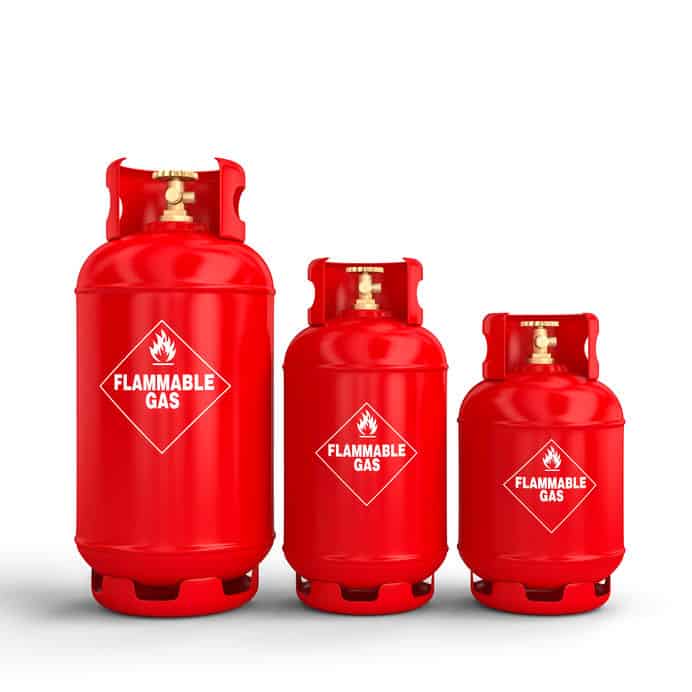
Natural gas is an environmentally friendly “clean” fuel, easy to start off, runs continuously without much fuss without posing a fire hazard.
The methane fuel in its natural state is odorless, though an odor is later added to ensure that leaks can be detected.
The initial installation is costlier than a wood-fuel fire pit and requires a natural gas pipeline. While it has only 40% of the energy content of an equivalent amount of propane, natural gas is much cheaper – to the extent that the cost per BTU is actually lower.
Propane
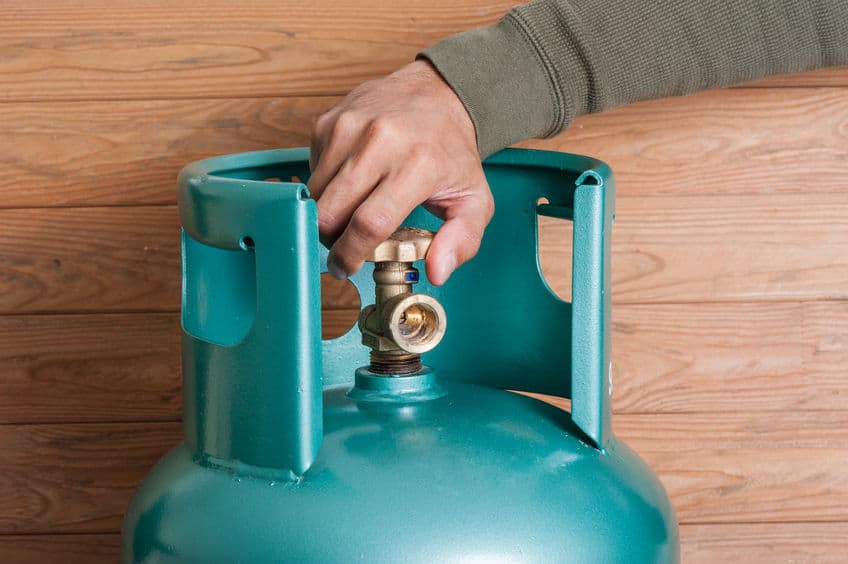
A by-product of petroleum refinement and natural gas processing, propane is supplied in tanks rather than through a pipeline, which makes it more convenient as a fuel for a fire pit.
Like natural gas, propane is a “clean” fuel that does not emit toxic chemicals, carbon monoxide or carbon dioxide.
Propane tends to be more expensive than natural gas. There are two safety precautions to be aware of – propane when released tends to sink downwards, creating a potential fire hazard close to the ground.
Also, beware of putting your hand close to the nozzle mouth when you first light a natural gas or propane pit.
There is a brief period when the flame could burn blue or invisible while the oxygen in the pipelines are being burned off. You can burn yourself if you think that the fire has not started yet.
Ethanol and Bio Ethanol
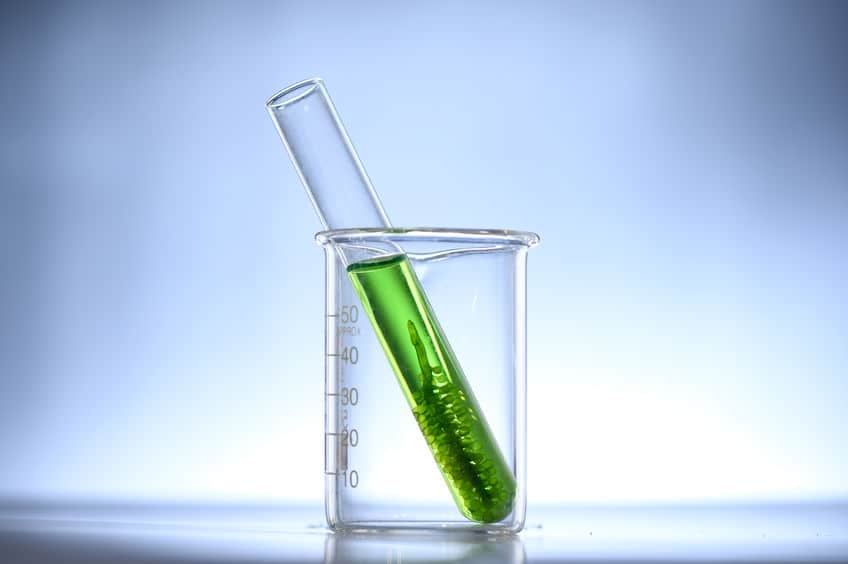
For the environmentally conscious, the move from wood burning fire pits to natural gas has been going on for some time.
For example, Montreal started phasing out wood burning pits over the course of 2020, and they will not be the last city to do so.
While natural gas is a clean energy source, it is a depletable resource – some estimates show that at the current rate of usage, the world may run out of usable reserves of NG in 50-60 years.
Bio ethanol, which is a natural byproduct (through fermentation) from harvesting corn, sugar cane, rice and other mass-produced commodities, is rapidly gaining popularity. Not only is it clean, it’s the ultimately renewable form of energy.
Bio ethanol fire pits are hassle free, easy to install, lightweight (thus portable) and environmentally friendly. The fuel comes in cans, so no pipeline or bulky tanks are required.
Ethanol is artificially produced (fermented) grain alcohol, so it has many of the qualities of bio ethanol, except it is not as environmentally friendly. Like its cousin, it is particulate free and creates less hazard for the environment when it burns.
Many have posited bio ethanol to be “the super fuel” to be used in the fire pits of the future.
Gel Fuel

Talking of easy installation, operation and portability, gel fuel firepits are known to be an excellent option – the internet is full of DIY articles and videos on how to build small fire table top fire pits powered with gel fuel.
Gel fuel is isopropyl alcohol that is sold in 13 oz. cans at about $3 per can. The can of fuel will last for more than two and a half hours.
To start the fire, you simply place the can inside the fire pit, peel the label off, open the top of the can and set the get on fire. The result is clean heat that it is smoke free and sootless.
Some gel fuel has organic matter mixed into it to create the crackling and popping effects akin to a wood burning fire pit.
Purchase it here.
Charcoal

If you want to get many of the conveniences of a wood fire pit without a lot of the drawbacks – environmental or otherwise – try hardwood charcoal.
Charcoal is essentially wood that has been pre-burnt in an oxygen-free environment. It retains its capacity to produce heat through burning further – it is in fact a great option if you need controlled heat (e.g., if you plan to barbecue or cook outdoors).
You have choices with charcoal. Typical “pressed” charcoal, made from pieces of wood mixed with seeds and other material, is smoke and odor free.
If you would in fact like some aroma, opt for pressed charcoal mixed in with smoking woods like hickory. Finally, there is lump charcoal, which is thoroughly blackened and charred wood that can produce intense heat with a chemical-free flame.
Charcoal is easy to obtain, easy to use and clean. It produces high but predictable amounts of heat and can be smoke free if that is what you want.
Wood Briquettes

Another wood derived product that is better for the environment and fire pit use are wood briquettes. Many varieties of wood briquettes are available in stores.
The critical points to note is that they have less than 10% in moisture content. The general rule of thumb in wood burning is that smoke production is high when the moisture content is higher than 20%, so briquettes are an excellent alternative.
Wood briquettes are also dense, which means that they will burn longer and produce more consistent heat than normal logs, sometimes as much as 50% more. They are also smokeless, as explained above, and produce less pollutants, making them environmentally friendly.
Wood briquette fire pits are easy to handle. The fuel is easily available, and the maintenance and set up is as easy as a normal wood burning fire pit.
Purchase them here.
Smokeless Fuel
The final entry in our alternate fuel list are various categories of “smokeless fuel”.
Smokeless fuels are made by mixing low sulfur coal (must be at lower than 2% sulfur content in many jurisdictions to be qualified as smokeless) with a combination of petcoke and anthracite. The products are made into smokeless briquettes or ovals using a binding agent.
Such smokeless fuels have gained popularity for in-home cooking in many places throughout the world, especially in crowded urban areas in India, China and parts of Europe.
The fuel is clean, smoke free (as advertised) and maintains high heat on a consistent basis – it can be used easily in fire pits.
If You do Use Wood, Make Sure You Use One of the Following
If you do fancy the aroma or other qualities of wood, there could be alternatives to simply buying logs of firewood.
The trick is to buy firewood that has had the moisture content greatly reduced.
Kiln dried firewood is available for this purpose. The result will be a smoke free environment that will generate fewer complaints within an urban area.
Items You Should Never Use in Fire Pits
Every once in a while, people get a little lazy or adventurous and decide to throw in stuff that they can lay their hands on.
For a variety of reasons, safety and environmental responsibility being premier among them, such impulses should often be avoided.
Articles that should never be thrown into fire pits, let alone used as fuels, include:
- Lighter fluid or gasoline
- Any form of trash, including paper, cardboards, plastic, rubber, garbage bags etc.
- Wood used in outdoor construction that has been painted, stained or treated with chemicals for preservation purposes – such as window or door frames, deck boards etc.
- Green or soft woods, yard clippings etc.
- Food items or wet organic matter
- Poison ivy, sumac or poison oak
Whiffing toxic fumes or causing an uncontrolled fire will not lead to a pleasant experience.
THE FINAL WORD
Urban areas are taking steps to protect the environment. As such, wood-burning fire pits may become a thing of the past in some years – or their use will become increasingly restricted.
It behooves the homeowner who enjoys a fire pit to become familiar with one of the options mentioned above. That way, you can enjoy the warmth and comfort with a clear conscience and no fear of a complaint.
Alright guys, that’s it for this article, if you are interesting in reading more about fire pits and garden heating, we have lots of cool articles related such as:

